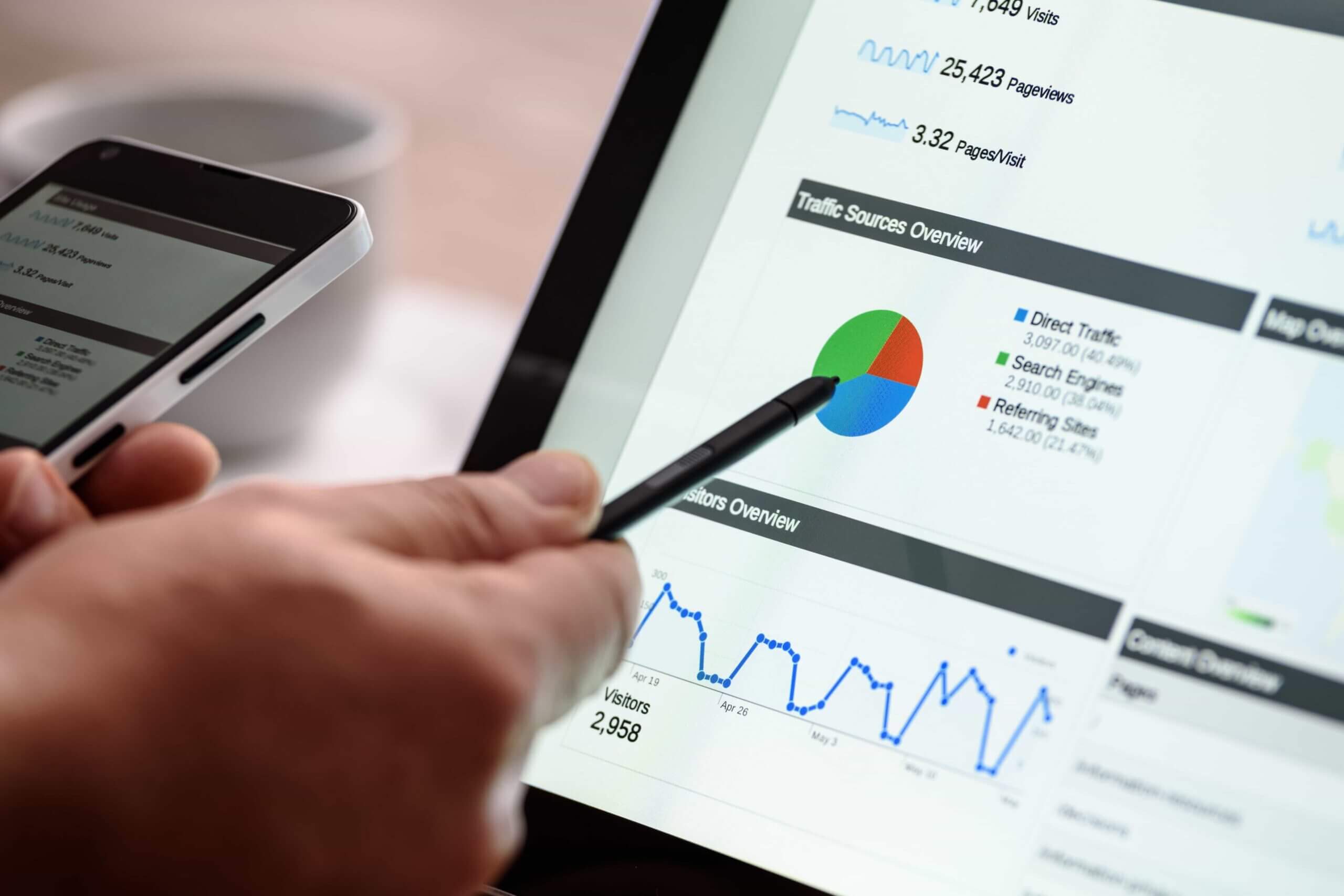Determining the appropriate amount of cash to keep in your checking account can be challenging. Money experts suggest a balance that ensures liquidity for daily needs while maximizing your financial potential. Here’s a look at expert recommendations to help you strike the right balance.
Understanding Your Financial Needs

One of the first steps in managing your checking account is identifying your daily expenses. By calculating your average monthly expenses, you can maintain smooth financial operations. This includes costs like rent, utilities, groceries, and other recurring bills. Knowing this amount helps you ensure that you always have enough funds to cover these expenses without needing to dip into savings.
Additionally, it’s important to consider emergencies and unexpected costs. Setting aside a buffer for unforeseen expenses can significantly ease financial stress. While experts like those at CNBC recommend having access to a few hundred dollars for immediate needs, a more comprehensive emergency fund should ideally cover three to six months of living expenses.
Income stability is another crucial factor. If your income is consistent, you might not need as much cash readily available. However, if you experience fluctuating earnings, having a larger buffer in your checking account can provide peace of mind and financial flexibility.
Expert Recommendations on Checking Account Balances

When it comes to general guidelines, many financial advisors suggest maintaining a balance that covers one to two months of expenses. This approach ensures that you can cover your monthly bills while also having some extra cash for unexpected costs. For example, if your monthly expenses total $3,000, keeping $6,000 in your checking account could be a prudent choice.
However, personalized approaches are essential. Factors such as lifestyle, career, and personal financial goals can influence your ideal checking account balance. For example, a freelancer with irregular income might prioritize liquidity differently than someone with a stable salary. Assessing your unique situation can help you tailor this advice to fit your needs.
Your risk tolerance also plays a vital role. Are you comfortable with the potential risks of keeping less cash on hand for the sake of higher returns elsewhere? Evaluating your risk tolerance can impact how much money you choose to keep liquid in your checking account.
Balancing Liquidity and Opportunity Cost

One key consideration is the trade-off between interest and accessibility. High-interest savings accounts offer better returns on your money, but they may not provide the same ease of access as a checking account. Weigh the benefits of these accounts against your need for readily available cash.
Inflation is another factor to consider. Over time, inflation can erode your purchasing power, which affects your cash balance strategy. Keeping too much money in a non-interest-bearing checking account may not be the best strategy when inflation is high. Instead, consider how inflation might impact your long-term financial health.
Investment opportunities can also influence your decision. Before leaving large sums in your checking account, consider potential returns from investments. Diversifying your portfolio might yield better long-term results than holding excess cash in a low-interest account.
Practical Tips for Managing Your Checking Account

One effective strategy is to set up automated transfers to savings accounts or investment portfolios. This approach optimizes your finances without sacrificing liquidity. By automating these transfers, you can ensure consistent savings and investment growth.
Regular reviews of your financial situation are also crucial. By implementing periodic check-ins, you can reassess your needs and adjust your checking account balance as necessary. This proactive approach helps you stay aligned with your financial goals and adapt to life changes.
Additionally, utilizing financial tools and resources can streamline your account management. Budgeting apps and financial advisors can provide valuable insights and help maintain the right balance in your account. For more detailed guidance, check out resources like TFED’s blog on managing checking account balances.
Common Mistakes to Avoid

One of the most common mistakes is incurring overdraft fees. Maintaining an appropriate minimum balance can help you avoid these costly charges. Regularly monitoring your account and setting alerts for low balances can also prevent overdrafts.
Another pitfall is maintaining excessive cash reserves. While it’s important to have a buffer, keeping too much money in your checking account can result in missed investment opportunities. Instead, consider reallocating excess funds to accounts that offer better returns.
It’s also essential to stay proactive by adjusting your cash balance in response to changes in your financial circumstances. Whether it’s a job loss or a significant financial gain, being flexible and responsive to these changes can help you maintain financial stability. For more tips on financial management, explore the advice offered in this resource.








Leave a Reply